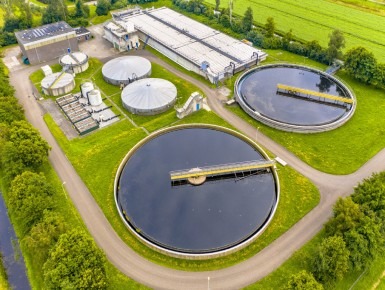STP (Sewage Treatment Plant)

A Sewage Treatment Plant (STP) processes household and industrial sewage to remove contaminants, making the water safe for discharge or reuse.
Sewage Treatment Plant work is categorized in different stages and different ways with the help of different sizes and shapes STP Plant. But all the machines are designed and developed for working on the same core principle. Read the article to get detailed information on what is core principle of sewage treatment process and different style of treatment process.
But before that you should know that what a sewage treatment plant does.
A sewage treatment plant is designed for treating the wastewater which is generated from Houses, Commercial Building, Colony, Apartments, or Industries. The major focus of treatment
is on to removes contaminants that are harmful to the environment. In final, treated water quality is good enough for reusability (eg. farming, toilets, garden, cleansing) or to discharge into the rivers, ponds & other natural sources without any harm.
Working Of Sewage Treatment Plant is divided under three major Categories:
Primary Treatment
In the initial process, which is also known as preliminary treatment method, the most of the solid from the wastewater is removed. Process includes large filtering screens by which solid objects are removed. 60% of loose solid are settled in sink bottom, and water containing oil, grease and other harmful effluent (Chemical, Bacteria) remain floating .
Secondary Treatment
In the secondary phase of Sewage Treatment, the effluents are treated to remove the dissolve biological suspended. At his stage of separation process of treatment remove the micro-organisms.
Tertiary Treatment
This is the final stage of water treatment process; again, water goes to filters to remove more waste if any found which is left during secondary treatment. Then the wastewater is disinfected chemically through micro-filtration which filters the water completely before releasing it to the natural sources of water like- seawater, lakes, ponds, or for reusability.
